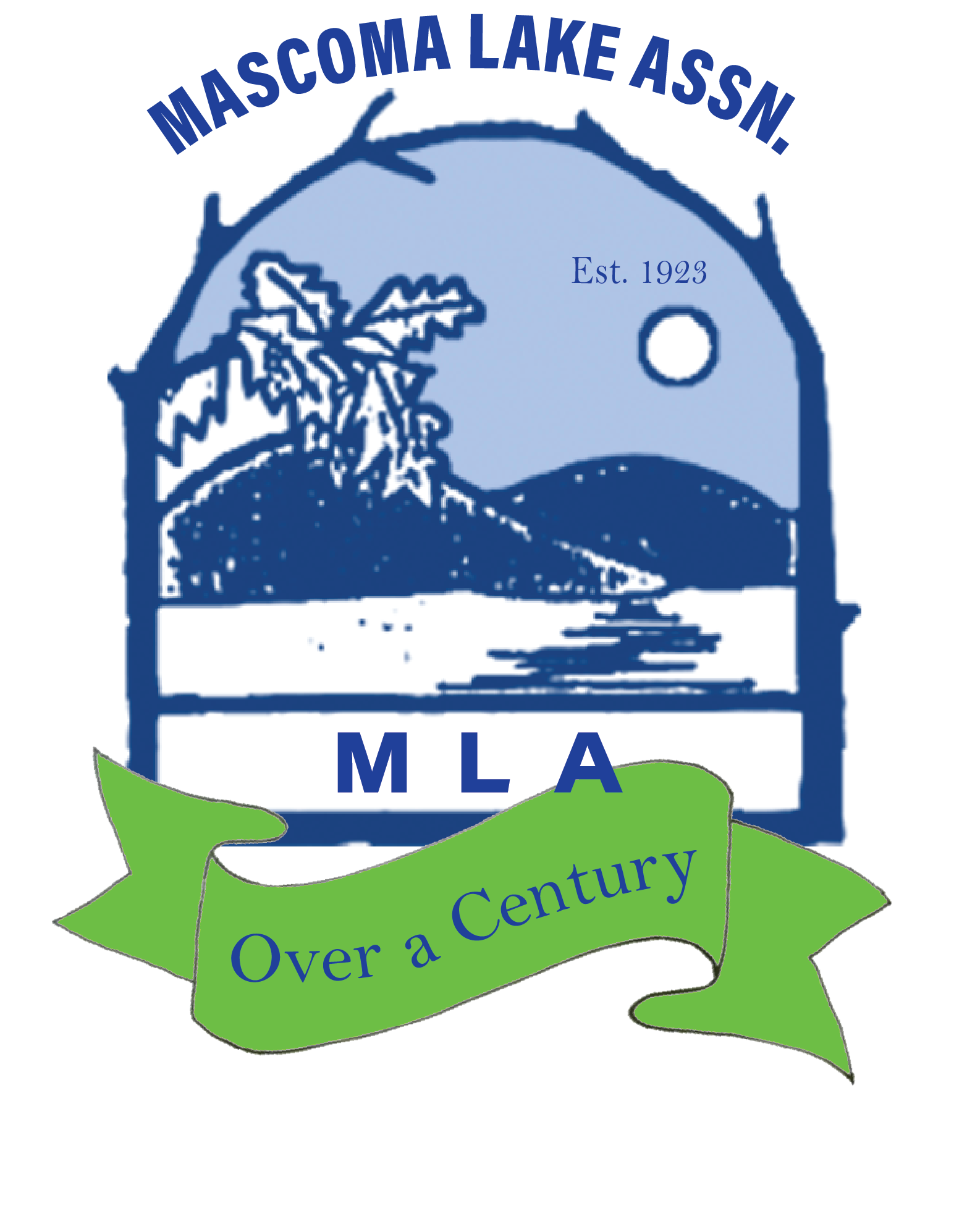

Zebra Mussels
The zebra mussel (Dreissena polymorpha) is a small freshwater mussel. This species was originally native to the lakes of southern Russia and Ukraine.[2]However, the zebra mussel has been accidentally introduced to numerous other areas, and has become an invasive species in many countries worldwide. Since the 1980s, they have invaded the Great Lakes and the Hudson River.
Attribute: Wikipedia
For more information:

Asian Clam
Corbicula fluminea is a species of freshwater clam, an aquatic bivalve mollusk in the family Cyrenidae.[1] This species is often confused with Corbicula fluminalisdue to the two species’ similar colour and texture.
Attribute: Wikipedia
In 2010 the Asian Clam was found in Lake George. For more information click HERE

Water Chestnuts
Water Chestnut (Trapa natans) is an aquatic plant that is found in slow moving nutrient filled waters such as ponds, lakes, and shallow streams. The plant’s size although characteristically small, may have branching stems reaching lengths of 16 feet. Leaves from this plant are both surfaced and submerged; Surface leaves are triangular in shape with long petioles which have an inflated spongy region (air bladder) while the submerged leaves are opposite and contain numerous adventitious roots. Water chestnuts begin to flower in mid to late July, with their nuts ripening approximately one month later. Flowering and seed production continue into the fall when frost kills the floating rosettes. The mature nuts sink to the bottom when dropped and may be able to produce new plants for up to 12 years. The plant spreads either by the rosettes detaching from their stems and floating to another area, or more often by the nuts being swept by currents or waves to other parts of the lake or river. The plant overwinters entirely by seed.
The plant’s size although characteristically small, may have branching stems reaching lengths of 16 feet. Leaves from this plant are both surfaced and submerged; Surface leaves are triangular in shape with long petioles which have an inflated spongy region (air bladder) while the submerged leaves are opposite and contain numerous adventitious roots. Water chestnuts begin to flower in mid to late July, with their nuts ripening approximately one month later.
Flowering and seed production continue into the fall when frost kills the floating rosettes. The mature nuts sink to the bottom when dropped and may be able to produce new plants for up to 12 years. The plant spreads either by the rosettes detaching from their stems and floating to another area, or more often by the nuts being swept by currents or waves to other parts of the lake or river. The plant overwinters entirely by seed. Water Chestnut is an extremely high competitor in slow moving shallow water, with semi-permeable mud bottoms. Once established, this plant will spread rapidly and control large surface areas leaving no room for native aquatic plants. Rapid sedimentation may occur in water chestnut areas due to trapping of silt. The reduction of light penetration and the resulting loss of oxygen, proves a hazard to fish and other aquatic species.In addition, impacts on recreation may be seen in areas where the plant is dominate due to its reduction in available fishing area and its hazard to boating motors. Infestations can make boating, fishing and swimming difficult or impossible. The expense of controlling this plant is large, with numbers reaching well into the millions of dollars for both states and federal agencies.




